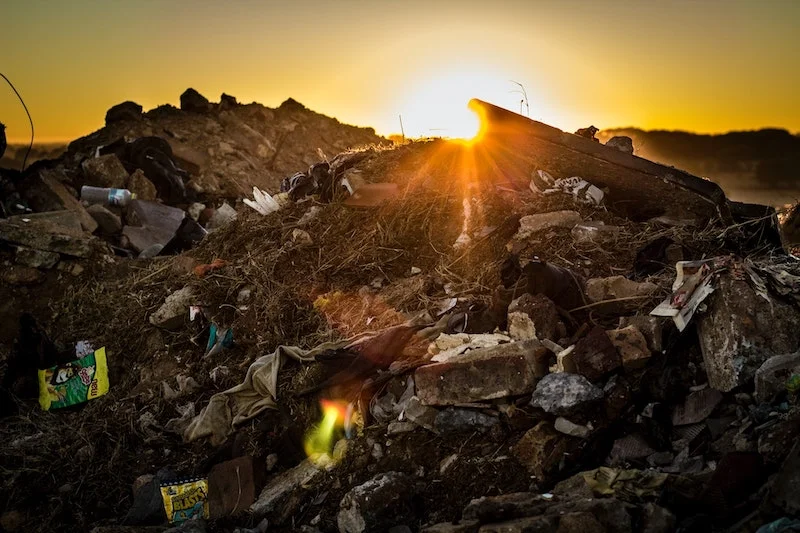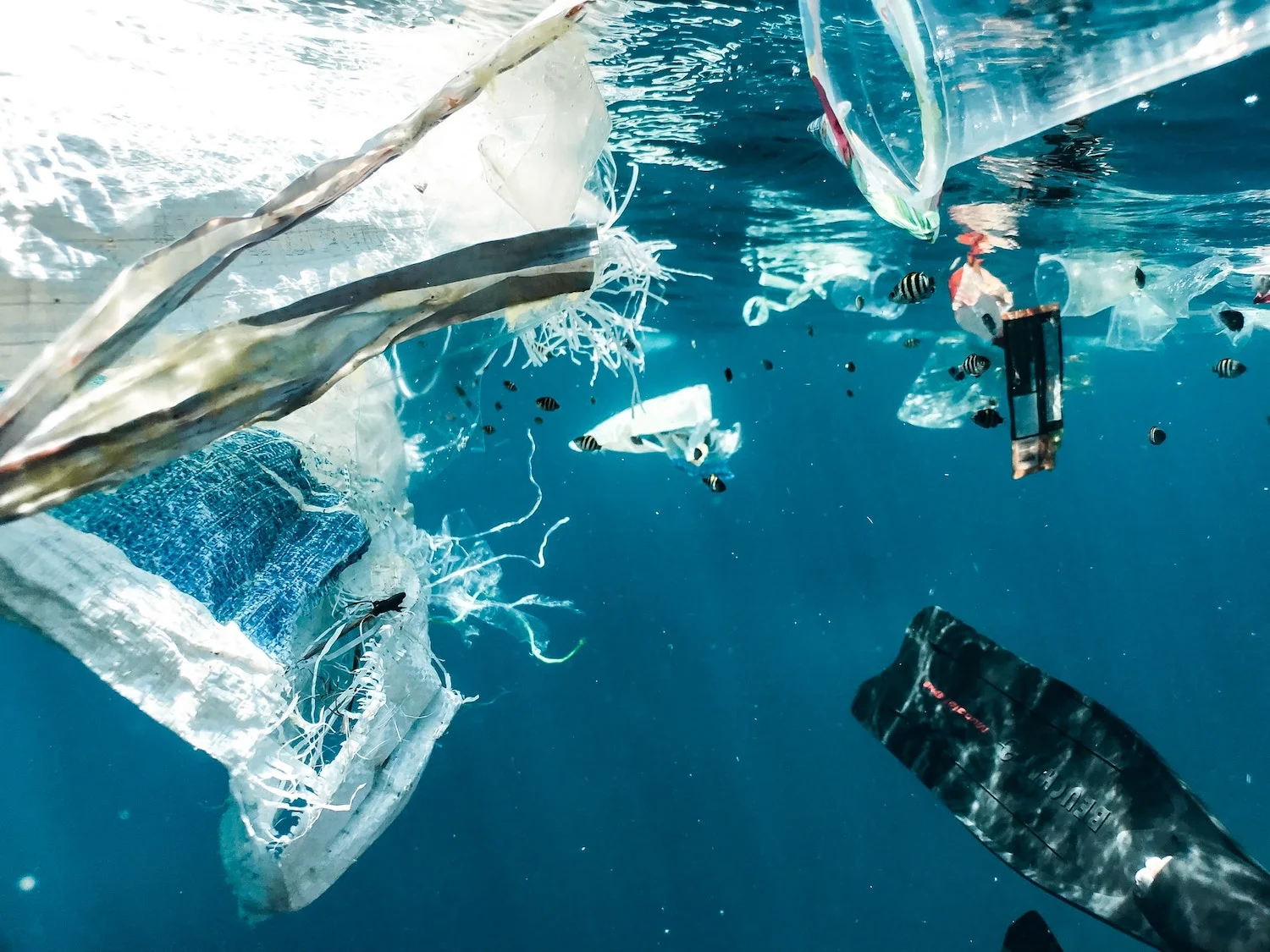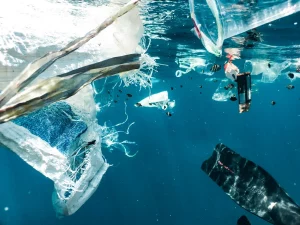Smartphones, computers, cameras, internet networks, wiring…. We all own and use digital technology. However, we don’t really know the impact of digital use on the climate. No one can be perfect when it comes to ecology and respect for the environment, but we aim to raise awareness of many environmental values in our community. So, if you’re worried about your impact on the climate, here’s an article that will tell you a bit more about the issues and what you can do to help.
Digital has a bigger impact than aviation
Are you using digital technology more and more? You should know that you would pollute less by making a round trip to your dream destination than by using so many digital devices. In fact, digital technology produces 3.5% of the world’s greenhouse gases, whereas air traffic only generates 2%. This production of greenhouse gases is not noticeable and not necessarily visible to the naked eye. However, with the massive production and use of digital devices, we are polluting far more than we could ever imagine.

Manufacturing, the most damaging stage
As with electric cars, hardware manufacturing makes up 75% of the digital carbon footprint. The manufacture of televisions, computers, smartphones, etc., causes a lot of pollution.
The manufacture of this digital ecosystem requires the import of all kinds of raw materials, and like any industrial product, a device needs a lot of materials for its design. In a few figures, digital technology is:
- 1,322 lb (600 kg) of raw materials mobilized for a 4.4 lb (2kg) laptop. 1,102 lb (500 kg) for an Internet box. It is also 251 lb (114kg) of CO2 out of the 344 lb (156kg) of CO2 emitted during its life cycle.*
- 70 different materials, including 50 metals (notably rare metals), needed to manufacture a smartphone. This trend is becoming more pronounced as mobile phones only contained around 20 metals barely ten years ago…
- A 5 oz (150 gram) smartphone that required almost 33 lb (15 kilos) of raw materials to manufacture.

Overconsumption of digital technology at the root of this climate impact
Users want more storage, 5G, and better picture quality…and this results in much more frequent equipment upgrades, usually at regularly prescribed intervals, than 10 years ago. We are constantly looking for more innovative products that will satisfy us, no matter what the cost or the impact on the environment and climate. For most digital products, early obsolescence is still the general rule, despite governmental legislations in many countries against its continued practice. Buying refurbished products, settling for reconditioned or used, can be a huge money saver for consumers and helps the planet–especially when you consider that digital waste in 2021 was 57 million tons, and the amount continues to increase year after year. Sadly, only 17% of this waste is recycled.
Furthermore, the manufacturing of digital devices is currently centralized in Asia. This means that devices from Asia have to be distributed worldwide, and this multi-channel distribution (land, sea, and air) also has an impact on global warming. In fact, from design to distribution, our digital devices are transported around the world, which causes additional pollution. A smartphone, for example, travels on average 4 times around the world before its manufacture is complete.
What is the impact of centralizing data in servers?
Once your computer, your camera, or your smartphone has arrived in your hands, you inevitably store data in data centers, which also consume and pollute enormously. A data center is a huge room made up of many servers that collect data such as emails, photos, music, videos, etc., from users all over the world.. To store and analyze all this data, data centers obviously need a huge amount of electricity. These particular premises can be found all over the world, too often in countries that get their electricity from coal, like China, and not from nuclear power like France. Data centers in China take 2.35% of all electricity used, a number that is far too large. There are currently 4,500 data centers spread across 122 countries, all of which use a lot of electricity and, therefore, all of which emit significant levels of CO2.
With 10 billion emails sent per hour worldwide, this is equivalent to 50 gigawatts, or the hourly electricity production of 15 nuclear power plants!

Another huge energy user are websites, which are very popular and very numerous. The creation of a website requires the use of several servers, dependent on a single network. Each website creation generates pollution, especially when the website in question belongs to a large company such as Amazon or Netflix. Many of these huge servers, because of their location, rely on electricity powered by fossil fuels rather than renewable energy. It is important to know that streaming sites are the most polluting. Video streaming worldwide emits in one year the equivalent of the CO2 emissions of a country like Spain. It should be noted that each time a better resolution is introduced, the size of the videos increases, and with the appearance of 8K, the number of data centers will also increase. Streaming is becoming more and more entertaining with the appearance of streaming platforms such as Twitch and YouNow, which complement energy-hungry platforms such as Netflix or Disney+.
However, it is possible to use green web hosting, which relies on the use of renewable energy–such as solar or wind power–on these servers. Apple, Google, and Facebook have committed to using renewable energy for their data centers, but unfortunately, this goal is very difficult to achieve at the moment.
Energy-intensive practices, the case of cryptocurrencies
For a few years now, the emergence of cryptocurrencies has been in full swing, but here, too, the carbon footprint is far from neutral. To collect cryptocurrencies like Bitcoin or Ethereum, you can either buy them at their current price or mine them. Mining refers to the process of earning cryptocurrencies by solving complex cryptographic equations using the computing power of computers. This operation is increasingly questioned, as it allows anyone interested enough to figure it out to get rich, but mining is actually very energy-intensive and therefore generates CO2 emissions as a result. 50% to 80% of the mining is done in China, with highly carbonated electricity.
To put a figure on it, the electricity consumption of all the computers dedicated to mining amounts to 110 TWh/year (terawatt-hour/year) for Bitcoin or 41 TWh/year for Ethereum. The mining of all Bitcoins creates 52 million tons of CO2, consumes 110 TWh of electricity, and generates 10,000 tons of electronic waste. Per bitcoin, that’s 542 kg of CO2, 1142 kWh, and 107 g of e-waste. This massive consumption of electricity and a large amount of e-waste therefore also has a massive impact on the climate.

Alarming predictions on digital use.
We are hearing and seeing more and more connected objects coming onto the market, all of them bringing more and more interesting innovations. Personally, I have heard about connected barbecues and vegetable gardens. And I have seen a lot of connected objects on the market, such as scales, toothbrushes, and light bulbs that can be controlled by mobile applications. A connected object is a device that has an electronic part that allows it to send data collected on the internet, thus enabling it to be controlled via the internet.
In 2022, there are more than 16 billion connected objects on the planet, and we should reach, according to studies, more than 50 billion connected objects by 2030. This increase of more than 300% is the result of over-consumption, and the impact this will have on the climate will be a certain disaster.

With the IPCC report of 2022 more than alarming, continuing to deny the impact we are having on the climate is a mistake that will be crippling in the long term. Our massive use of digital technology does not correlate with current climate issues, either.
Some tips on how to become more environmentally and climate responsible
So, right now, whether it’s through the manufacture or use of our digital tools, all these actions have an impact on the climate and our environment.
If you want to make a difference, consider keeping your devices as long as possible, and buying fewer or refurbished ones. You will then be tackling 75% of your digital impact.
But you can do little things to impact your online footprint, too. By consistently deleting your emails, your duplicate photos or videos, and your files, you can affect 0.0005% of your technology consumption. This may not sound like much, but if every person across the globe does it, it can add up to a large contribution.
Whether on a large or small scale, every step against the impact of digital technology on the climate environment is worth taking.

At CYME, we want to help you become more eco-responsible in the management of your photos, and we will always seek to be as environmentally friendly as possible.
Credit images: Chris Le Boutillier, Celestine Ngulube, Dion Beetson, Daniel Born, Naja Bertolt Jensen, Faye Cornish.










